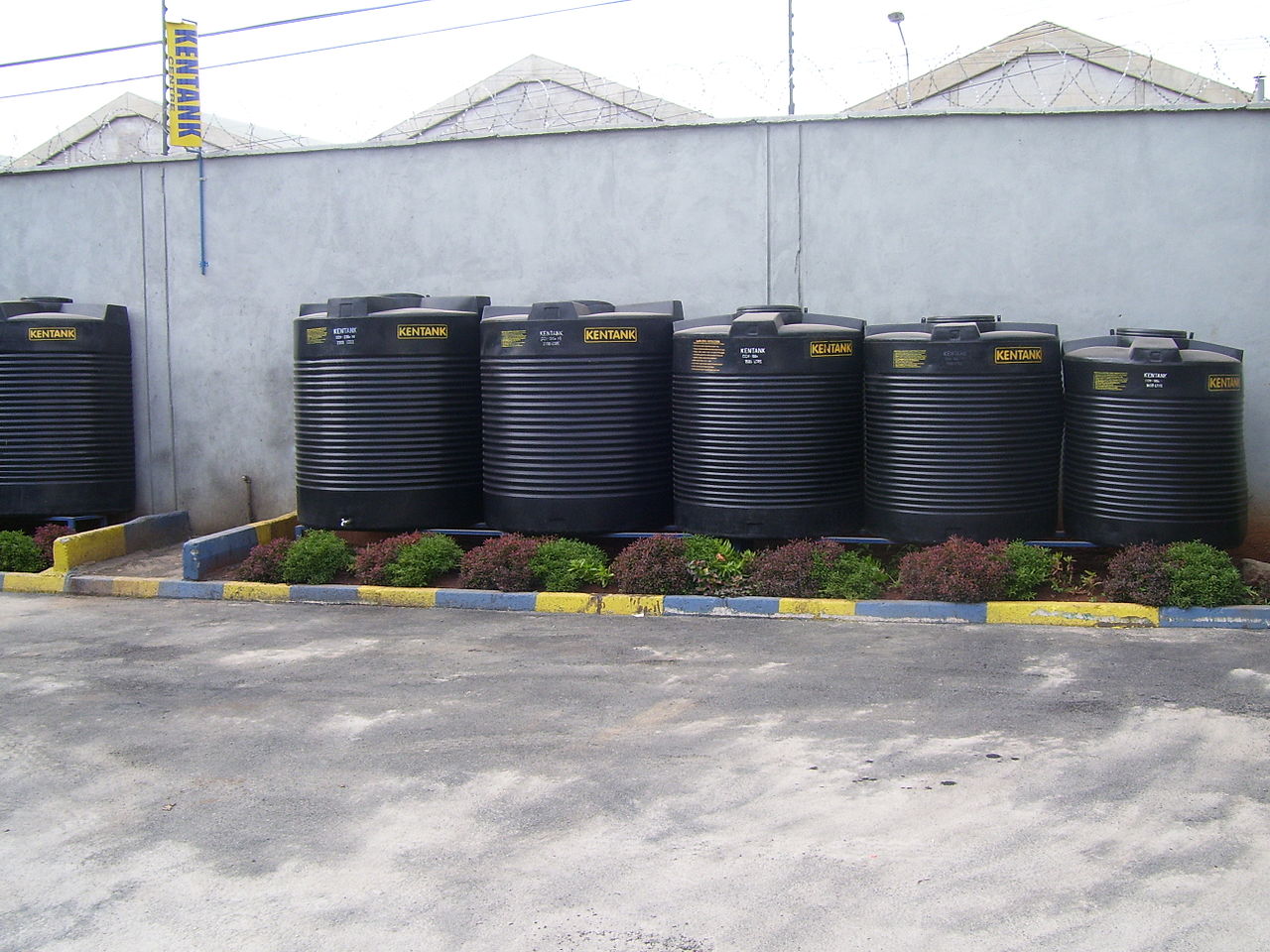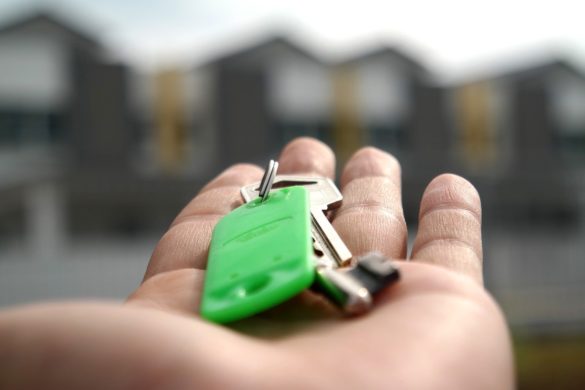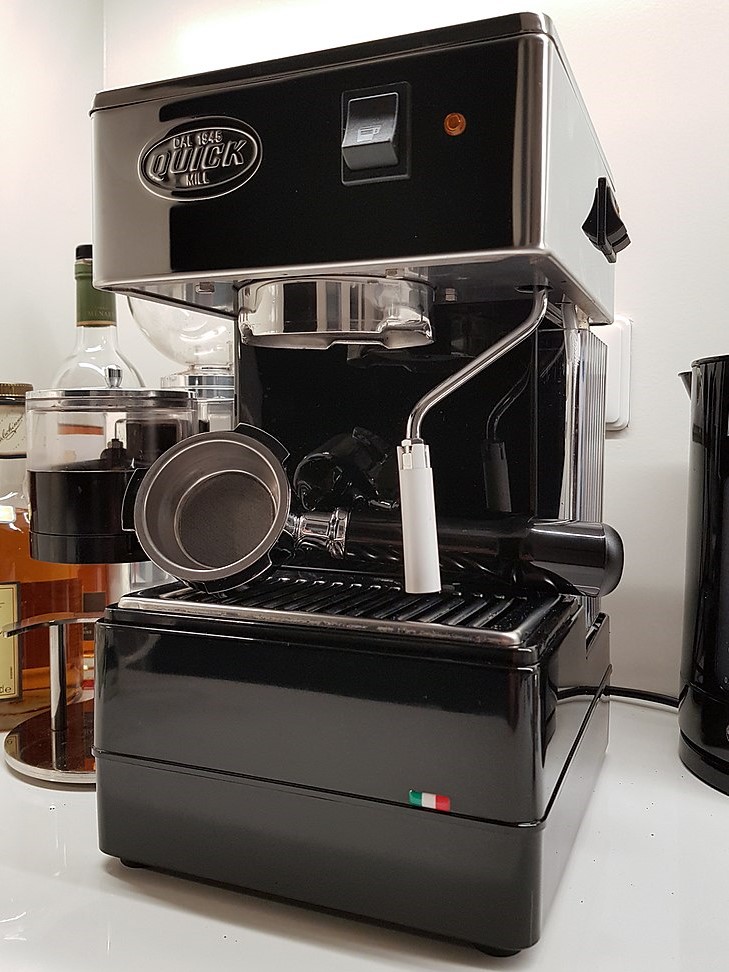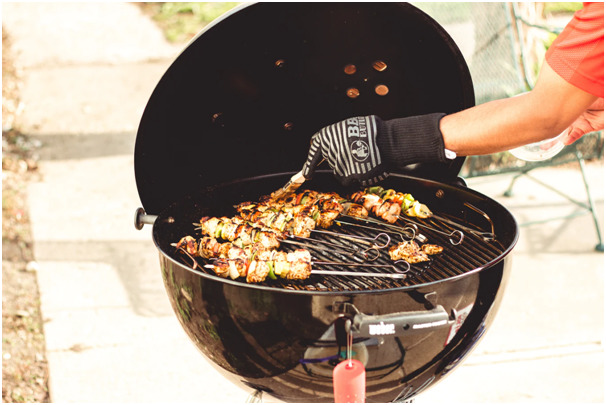
As soon as winter bids us goodbye, the first thing you desire to do is spend evenings outside in your yard with your family and friends. And what’s a better way to do that than hosting a barbecue grill party? It sure sounds fun, but requires some professional skills to hit the mark. Unless you’ve already hosted a few barbecue events, you need to learn about the equipment, techniques, and the theory behind it.
This guide will explain to you the basics of barbecuing, preparing you for your exciting event.
The theory
Among the numerous cooking techniques, barbecuing is one of the most sought-after due to the amazing results it produces. The food is grilled over a grate with evenly spaced rods on fire or through electricity, with no direct contact with it. A lot of people confuse the terms “grilling” and “barbecuing.” Grilling is a faster procedure and involves direct contact with the fire, whereas barbecuing is slower and is carried over indirect heat. It results in juicy and delicious meat or vegetables that are crispy on the outside and soft on the inside.
Knowing your equipment
The common equipment or devices used to barbecue include a barbecue grill and a cooker or a smoker that operates on coal or electricity. If you’re a beginner, you can start out with a grill; if not, you should invest in a smoker. A lot of users prefer electric smokers over wood and charcoal-operating designs due to affordability, fuel-free operation, and faster cooking options. Look for one that is sturdy, compact, and easy to operate. If it provides heating and temperature controls, that’s even better. You’ll also need adjustable grill grates that are used to grill your food, whether it’s small burger patties or a full-sized turkey. A pair of tongs is required to flip the meat. You might also need a charcoal starter torch, paraffin wax cubes, or a charcoal chimney if you’re cooking on a charcoal grill. Lastly, you’ll need a brush to evenly oil or grease the grill before you start cooking.
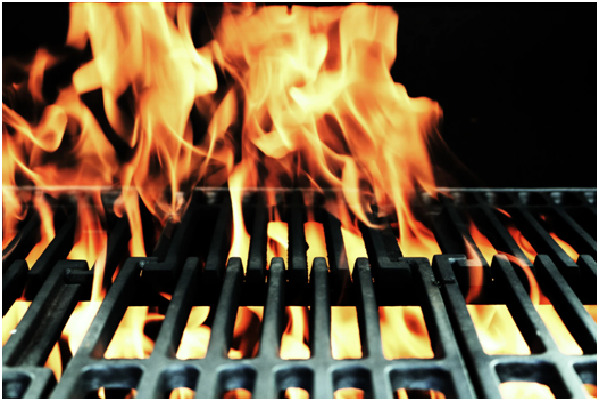
Temperature and fire control
Adequate fire or temperature control can ensure properly cooked food that will retain its juices. You shouldn’t be worried about cooking on charcoal. A temperature control device can regulate the cooking while using a charcoal-operated device. It helps in maintaining the temperature by regulating the airflow and fan control to keep the charcoal functioning properly. You can check the internal food temperature with food thermometers that help you determine the cooking time. Cooking on a charcoal—generally artificial charcoal or briquettes in the barbecuing world—also increase the worry of fire control. While people use specially formulated charcoal that is made of certain fillers, a few people still opt for natural charcoal. We recommend cooking on natural coal or wood as they don’t taint the taste of your food; they add flavor to it.
Grilling your food
You can choose firm pieces of meat or thicker kinds of vegetables to barbecue in order to avoid flaking while grilling. As you improve your barbecuing skills, you can experiment with a variety of meat types to know their respective internal temperatures and perfect cooking procedures. After you notice charred grill marks on the food, you need to check if it is cooked internally. You can then, sear the piece of meat or vegetable to gain a crispy and caramelized crust with a juicy and tender inside.
Adding a touch of flavor
The most common spices used to season a piece of meat are certainly salt and pepper, but you can also choose a blend of spices to use as a dry rub, such as garlic powder, onion powder, cayenne pepper, or smoked paprika to enhance the flavor. Marinate your meat with your preferred blend and refrigerate it for around 30 minutes to increase taste and texture. You can also use sauces and dips to accompany the prepared food as condiments.
Barbecuing is a fun way to spend time with your family, especially when you’re through with the procedure. One useful tip is to apply sugar-based sauces at the finishing stage of cooking your meat as they can burn easily. If you’re unsure about the cooking time and internal temperature of your food, you can remove it from the grill and leave it to rest for about 15 minutes; it’ll continue to cook internally. During your first barbecue, you can try a lot of common recipes like barbecued chicken, spare ribs, and pulled pork, as they are usually easier to cook and yield perfect results.


